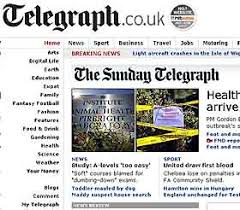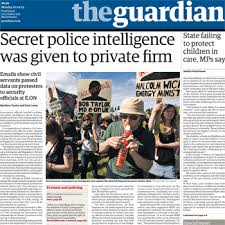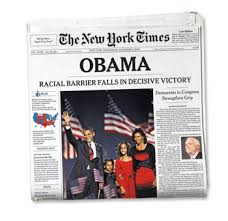What are we going to learn?
Vocabulary
- Types of transport
- Travel Items
Grammar
Past continuous
Past Simple
Topics:
A trip from Ireland to Australia
A visit to Pompei
Planning a trip to Australia
A programme about the history of Australia
The aborigines of Australia
The Well of Aamzam
How to get information in a airport etc.
Vocabulary
Types of transport
airliner (ér láiner) – avión de pasajeros
airplane (ér pléin) – avión
bicycle (báisikl) – bicicleta
bike (báik) – bici
boat (bóut) – barco
ship barco
bus (bas) – autobús
canoe (kanú) – canoa, piragua
car (car) – coche
cruiser (krúser) – crucero
ferry (férri) – transbordador
glider (gláider) – planeador
helicopter (hélicópter) – helicóptero
hot air ballon (hót ér balún) – globo aerostático
jet plane (dchét pléin) – avión a reacción
moped (móuped) – ciclomotor
motorbike (móutorbáik) – motocicleta
motorboat (móutorbóut) – lancha
ocean liner (óushen láiner) – transatlántico
pickup truck (pikáp trák) – camioneta
raft (raft) – patera
rocket (róket) – cohete
roller skates (róuler skéits) – patines
sailboat (séilbóut) sailing boat – velero
scooter (skúter) – escúter
ship (ship) – barco
skateboard (skéitbord) – monopatín,
tram – tranvía
taxi cab (táxi cáb) – taxi
train (tréin) – tren
Lorry – camión
van (van) – furgoneta
wagon (wágon) – carreta
cart= carro, carreta
coach= autocar
Limousine
Yacht
jeep
Past Continuous and Past Simple
- The most common use of the past continuous tense is to talk about something that was happening around a particular time in the past. At 4:00, in 1999, in the afternoon…….
- What were you doing at 8 o’clock last night? I was watching television.
I started watching television before 8 o’clock and I continued watching it after 8 o’clock.
- In 1994 he was working in a small town in Poland.
- At 6 o’clock on Saturday morning we were travelling to the airport.
- We often use the past continuousand the past simpletense together. When this happens, the past continuous describes a longer, ‘background’ action or situation, and an activity and the past simple describes the action or events.
- When I woke up this morning it was raining and my father was singing in the kitchen.
- I was walking home, whistling happily, when I saw two masked men run out of the bank.
Often, the ‘action’ described by the past simple tense interrupts the ‘situation’ described by the past continuous tense.
- I broke my leg when I was skiing.
- I was playing a computer game when the doorbell rang.
Notice that the past continuous describes ‘situations’ activities that go on for some time – ‘skiing’ and ‘playing’ but the past simple describes ‘actions’ that happen quickly – ‘broke’ and ‘rang’.
Notice too the important difference between these two sentences.
- When they arrived, Jeff was cooking dinner. Jeff started cooking before they arrived.
- When they arrived, Jeff cooked dinner. Jeff started cooking dinner after they arrived








Leave a comment